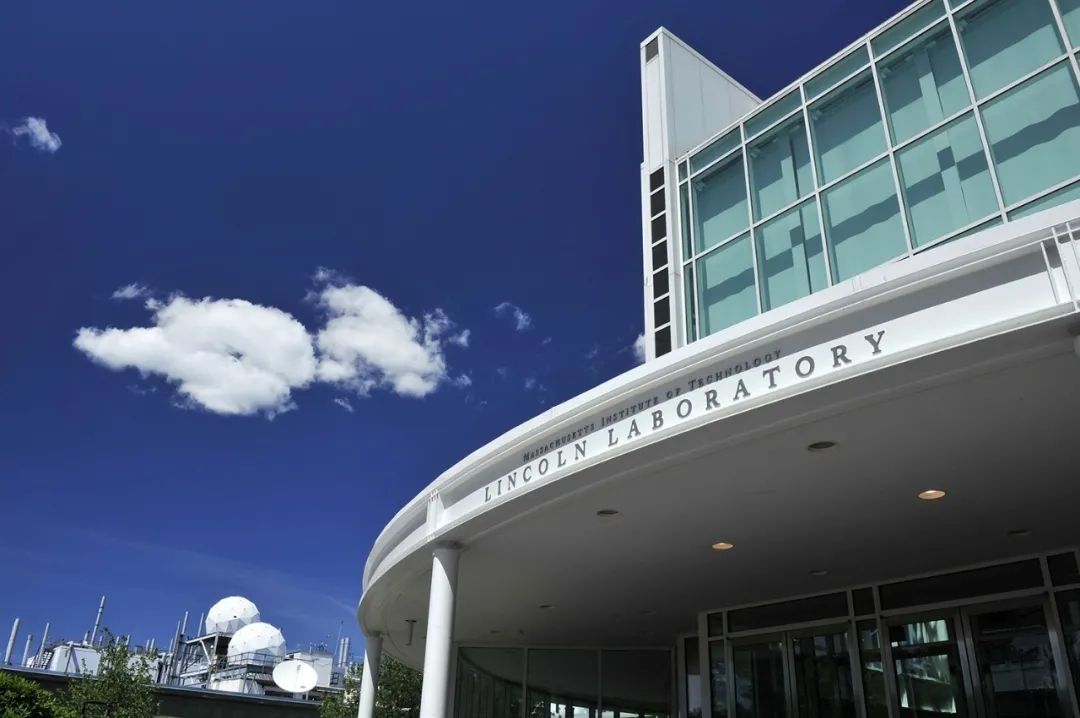林肯实验室(Lincoln Laboratory),位于美国马萨诸塞州的列克星敦(Lexington),麻省理工学院于1951年创建了该实验室,其前身是研制出雷达的“麻省理工辐射实验室(MIT Radiation Lab)”。林肯实验室隶属于美国国防部,由麻省理工学院负责运行管理。林肯实验室是美国联邦政府投资的研究中心,其基本使命是把高科技应用到国家安全的危急问题上。它很快在防空系统的高级电子学研究中赢得了声誉,其研究范围又迅速扩展到空间监控、导弹防御、战场监控、空中交通管制等领域,是美国大学第一个大规模、跨学科、多功能的技术研究开发实验室。
1957年该实验室建成全固态、可编程数字计算机控制的雷达系统(Millstone Hill radar),实现了对空间目标的实时跟踪,既能跟踪苏联卫星的活动,也能监控卡那维拉尔角的火箭发射。后来,这发展成弹道导弹战略防御系统,其中关键性的技术是数字信号处理和模式识别。在20世纪60年代初期,林肯实验室开发了卫星通信系统,导致8颗实验通信卫星的发射。在20世纪70年代初期,实验室开始研究民航交通管制,强调雷达监控,进行恶劣气象的检测,开发了航空器的自动化控制装置。在20世纪80年代,实验室为克服大气紊流的影响,开发了大功率激光雷达系统。20世纪90年代,为NASA等开发了传感器。林肯实验室则在开发陆地图像处理设备。

Lincoln Laboratory, located in Lexington, Massachusetts, the Massachusetts Institute of Technology founded this laboratory in 1951, its predecessor is the "MIT Radiation Lab" that developed radar. Lincoln Laboratory is part of the U.S. Department of Defense and operated by the Massachusetts Institute of Technology. Lincoln Laboratory is a federally funded research center with a fundamental mission to apply high technology to critical issues of national security. It soon won a reputation for advanced electronics research in air defense systems, and its research scope quickly expanded to space surveillance, missile defense, battlefield surveillance, air traffic control and other fields. It was the first large-scale, interdisciplinary, multifunctional technology research and development laboratory in an American university.
In 1957, the Millstone Hill radar, an all-solid-state, programmable digital computer-controlled radar system, enabled real-time tracking of space targets, including Soviet satellite movements and rocket launches from Cape Canaveral. Later, this developed into the ballistic missile Strategic Defense system, in which the key technologies are digital signal processing and pattern recognition. In the early 1960s, Lincoln Laboratory developed the satellite communications system that led to the launch of eight experimental communications satellites. In the early 1970s, the laboratory began to study civil aviation traffic control, emphasizing radar monitoring, conducting bad weather detection, and developing automatic control devices for aircraft. In the 1980s, the laboratory developed a high-power liDAR system to overcome the effects of atmospheric turbulence. In the 1990s, sensors were developed for NASA and others. Lincoln Lab is developing land image-processing equipment.